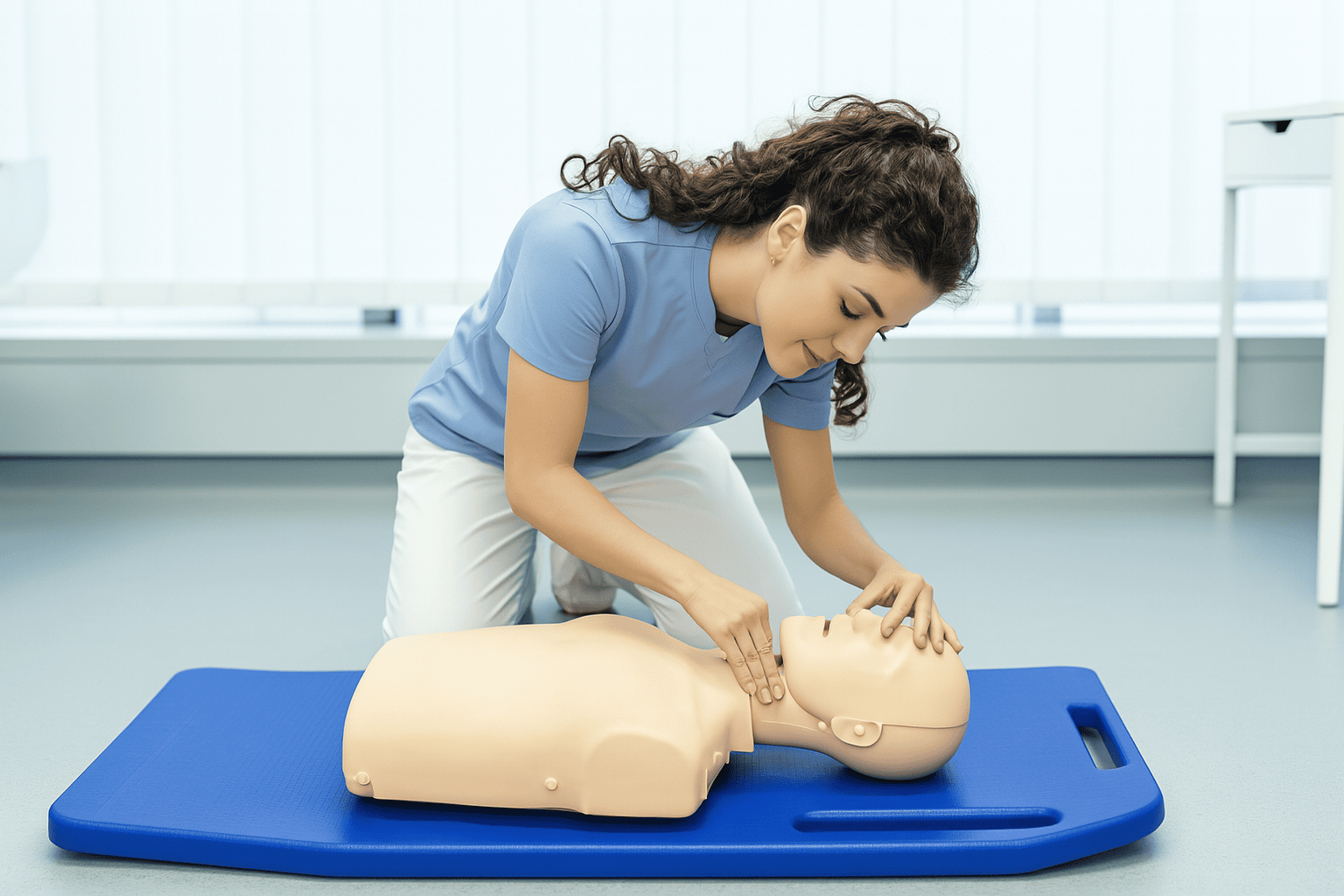Cardiopulmonary Resuscitation (CPR) boards, generally called backboards, are used extensively in play chest compressions. The primary purpose of a CPR board is to provide a firm surface when patients lie on soft platforms like hospital beds, mattresses, or couches. It helps to keep the patient body and head in place during compressions. This article will dive deeper into CPR boards: different weight capacities, dimensions, radiolucency, prices and manufacturing material, providing essential information for clinicians. It will serve as an ultimate guide for busy clinicians and EMS professionals in chooisng the right board.
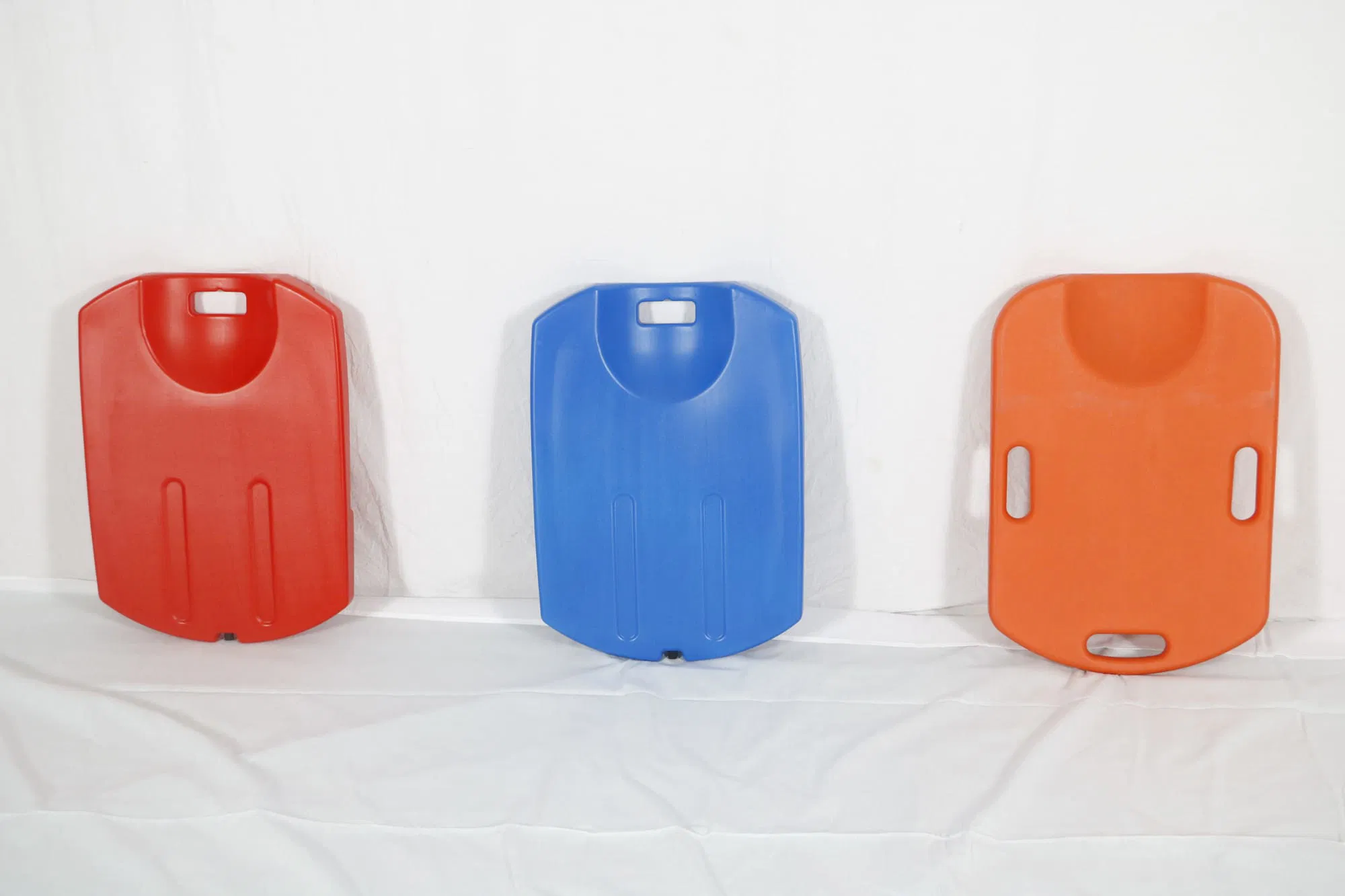
Understanding Weight Capacity of Backboard
The weight capacity of CPR boards is crucial for ensuring patient safety during resuscitation. The board should be built in a way that it can secure patient’s body weight during chest compressions. adequate weight capacity is essential for proper alignment and support of the patient’s head, torso, and body during CPR training.
The weight capacity of a CPR board can vary depending on the manufacturer and the materials used in its construction. Each board is engineered to support a maximum load—typically between 250 to 350 pounds (113 to 159 kg), beyond which structural integrity may be compromised. Selecting a board without confirming its load rating can lead to equipment failure, especially in bariatric scenarios or emergency settings. Hence, you should aim to choose a suitable board in order to prevent further pain or discomfort for emergency patients.
Types of Boards and Their Uses
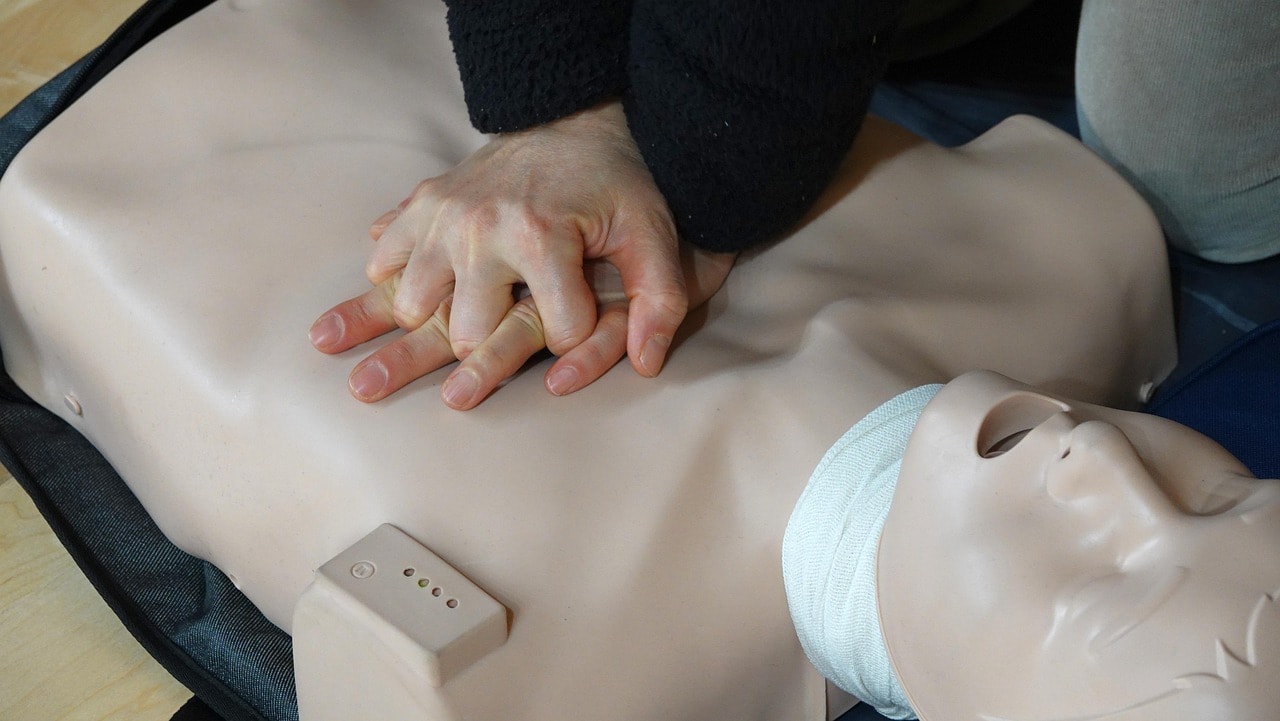
Different types of backboards are available, including those designed for specific purposes such as spinal immobilization or confined spaces. A spine board, for example, is designed to provide support and immobilization for patients with spinal injuries, while a CPR board is designed for CPR training and administration. Multiple studies have shown that CPR boards make chest compressions more effective, especially when done on soft platforms like bed mattresses.
The choice of board depends on the specific needs of the patient and the EMS personnel, as well as the resources available in a specific country or region. It’s essential to select a board that meets the required weight capacity and sizing considerations. If you need expert advice to assist you in this process, feel free to reach out to the Jiekang team.
Standard Adult CPR Boards
These are a standard type used in most hospitals, ambulances, and emergency rooms. They are designed to support the average adult patient during CPR by providing a flat, solid surface that improves the depth and effectiveness of cpr training.
These boards are often bright-colored (usually orange or red) for quick identification and may include grip handles or anti-slip textures to assist in patient transfer.
- Weight capacity varies slightly across manufacturers. Typically support around 113–125 kg (250–275 lb).
- Around 60–62 cm in length and 38–40 cm in width.
- Thickness is kept under 2.5-3 cm to fit crash cart compartments.
Bariatric CPR Boards
Bariatric boards are specially designed to support larger adult patients who exceed the standard weight limits of typical adult boards. They are specially constructed with added width and load support—ideal for larger patients.
- Typically wider than 45 cm and slightly longer than standard boards.
- Higher weight capacity of 275–350 lb (125–159 kg), depending on the model.
- Made from rigid polyethylene or composite plastic.
Pediatric CPR Boards

Pediatric CPR boards are smaller in size, suited for infants and children, and are often integrated into pediatric crash carts for quick access. These boards are hard to find; most come from mannequin studies.
Ideal specs include:
- Dimensions: 550–600 × 400–500 mm
- Weight Capacity of around 60–70 kg.
- Thickness usually under 2.5 cm to fit pediatric crash carts.
- Lightweight: Weigh around 1.5–2.0 kg, making them easy to carry and position quickly.
Radiolucent CPR Boards
Radiolucent boards are made from materials that allow X-rays and CT scans without removing the board. It enables continuous resuscitation while diagnostic procedures are underway. These boards are made from advanced materials—such as carbon fiber or clear polymers—that do not obstruct imaging, making them essential medical devices in trauma centers, emergency departments, and critical care units where rapid diagnostics are needed alongside CPR.

- Imaging compatibility: Do not block or distort X-rays or CT scans.
- Lightweight: Weigh between 1.5–2.5 kg, despite strong structural integrity.
- Standard dimensions: Similar to adult boards.
- Typically supports 113–125 kg.
Ensure compliance:
- CE and FDA approved for clinical use
- Crash cart compatibility with thickness under 40 mm
- Load rating clearly shown on product datasheet
Padded vs Rigid CPR Boards
Rigid Boards
Rigid boards are the clinical standard and are widely preferred in hospitals and emergency medical services (EMS). Made of hard plastic or polyethylene, these boards offer a non-compressible surface that supports proper chest recoil and full compression depth, especially when used on soft hospital mattresses.
Padded Boards
Padded boards feature foam or cushioning on the surface, offering more comfort for the patient by relieving pain, especially during prolonged use or transport. However, several studies indicate that padding may reduce compression depth and absorb some of the force intended for the chest wall.
Effectiveness over Comfort
A 2011 manikin study showed that using a larger, rigid board significantly improved compression depth (by up to 1.5 cm) compared to soft surfaces. This is because padded surfaces can absorb this pressure and take away from compression depth. No major studies recommend padded boards for active CPR; in fact, guidelines emphasize firm back support to ensure effective compressions.
8 Top CPR Boards: Dimensions and Weight Comparison
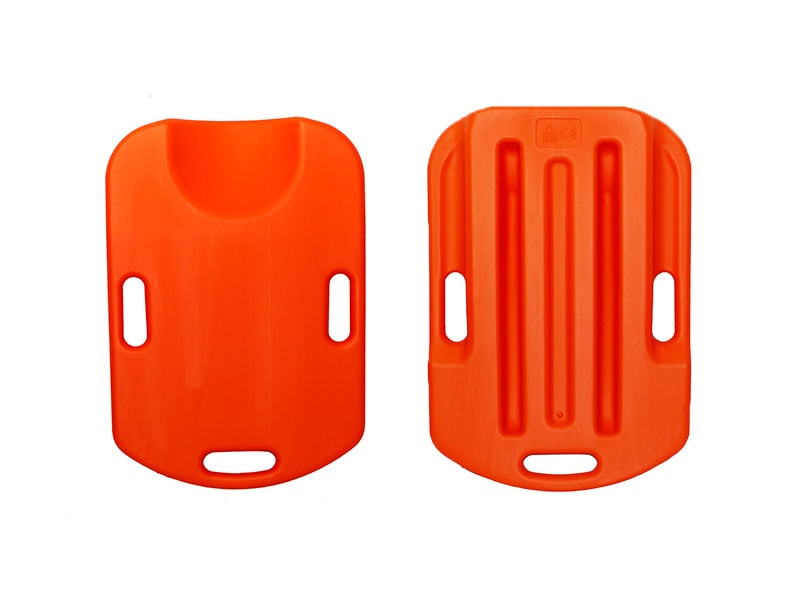
Here is a quick comparison of 8 leading models of commonly used CPR boards. This includes 5 adult boards, 1 bariatric board, 1 pediatric board, and 1 radiolucent board. The table below lists their dimensions, weight, load capacity and material so you can easily identify which board fits your needs.
| Board | Dimensions (L × W × Th.) | Weight | Capacity | Material |
|---|---|---|---|---|
| Scilogex Cardiac Board | 610 × 405 × 25 mm | 2.3 kg | 125 kg | High-density plastic |
| Line2EMS Adult Board | 620 × 380 × 30 mm | 2.0 kg | 115 kg | Molded polyethylene |
| Live Action Rescue Board | 600 × 400 × 25 mm | 1.8 kg | 113 kg | Rigid plastic |
| McKesson Lifesaver | 620 × 390 × 27 mm | 2.5 kg | 113 kg | Polyethylene |
| Fleming Standard | 620 × 380 × 27 mm | 2.7 kg | 125 kg | Reinforced polyethylene |
| Fleming Bariatric | 685 × 470 × 35 mm | 2.7 kg | 125 kg | Reinforced polyethylene |
| Pediatric (Train‑Spec) | ~590 × 505 mm | 1.6 kg | 70 kg | Lightweight rigid plastic |
| Carbon-Fiber Radiolucent | 660 × 400 × 25 mm | 1.5 kg | 125 kg | Carbon-fiber composite |
How to Use a CPR Board
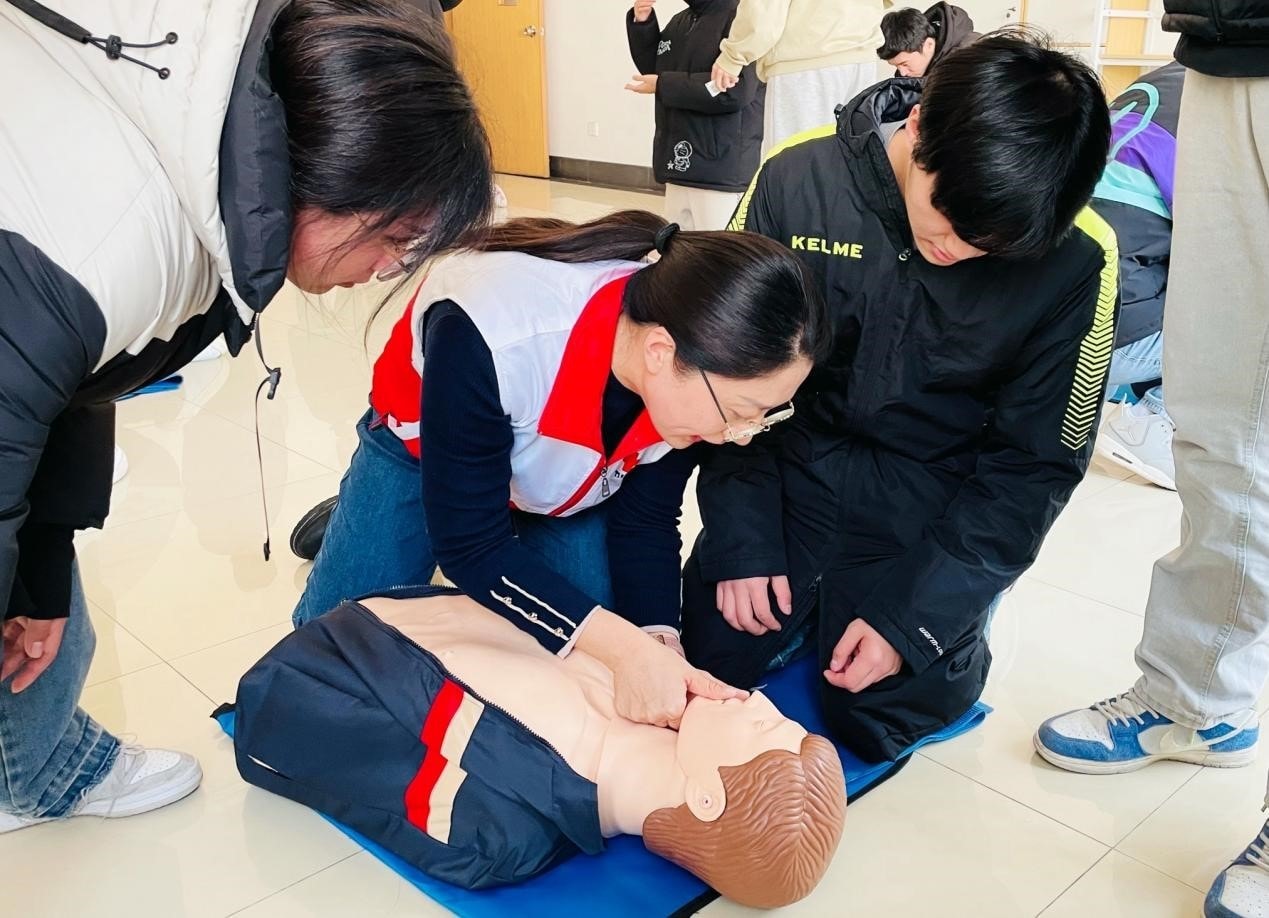
Using a CPR board correctly ensures optimal compression quality and patient safety during resuscitation. Whether you’re in a hospital, ambulance, or emergency response setting, here’s an easy step-by-step guide to follow:
1. Patient Positioning to Support Patient’s Head
If the patient is on a soft surface (like a hospital bed or stretcher), do not attempt to move them to the floor, this wastes time and risks injury. Instead, keep the patient supine (lying flat) and aligned. Furthermore, the board should be anatomically contoured to support the patient’s body, with a head cup to maintain proper alignment of the patient’s head and cervical spine.
2. Slide the CPR Board Under the Patient
Gently roll the patient onto their side using the log-roll technique (supporting head, neck, and spine). Quickly slide the CPR board beneath the upper back and chest area, aligning it with the shoulder blades. Carefully roll the patient back onto the board, ensuring it’s centered and flat.
3. Confirm Proper Alignment
Make sure the board is directly beneath the thoracic spine and shoulder blades, not too high or too low. This positioning gives maximum support beneath the chest for deep, effective compressions.
4. Begin Chest Compressions
Once the board is in place, start CPR immediately, following ACLS/BLS compression guidelines:
- Depth: 5–6 cm (2–2.4 in) for adults
- Count: 100–120 compressions per minute
- Allow full chest recoil between compressions
- The firm backing of the board will ensure less energy is lost into the mattress, improving perfusion pressure.
5. Leave the Board in Place During Imaging or Transfer (If Applicable)
If using a radiolucent board, you can proceed with X-rays or CT scans without removing it. During patient transfer, the board can stay under the patient as long as it’s non-metallic and properly rated.
Things to Remember
- Forcing patients to lie flat on a rigid board is uncomfortable and can cause pressure sores.
- Backboards transfer heat away from the body and can increase the risk of hypothermia.
- The Back Raft makes patients comfortable and eliminates the risk of pressure sores during transportation.
- Using vacuum spine immobilizers can relieve patient discomfort by conforming to anatomy and padding all voids.
In case you want to find out step-by-step guide to perform adult CPR, check out this article.
Other Medical Supplies and Equipment
A CPR board is just one of the many medical equipment and supplies needed for effective emergency response and patient care. Other essential items include a first aid kit, medical supplies such as bandages, towels and antiseptic wipes, and devices such as defibrillators and oxygen tanks. The cost and availability of these equipment and supplies can vary depending on the manufacturer, location, and other factors. It’s crucial to ensure that all medical equipment and supplies are properly maintained, easily accessible, and used in accordance with established protocols and guidelines.
Safety Precautions and Protocols

Safety precautions and protocols are essential for preventing injury and ensuring effective use of a CPR board and other medical equipment. EMS personnel should be trained in the proper use and handling of these devices, as well as in CPR techniques and patient care. Regular practice and evaluation are necessary to ensure that EMS personnel are proficient in the use of CPR boards and other medical equipment. Keeping the equipment clean and functional. Establishing clear protocols and guidelines for the use of CPR boards and other medical equipment can help prevent errors and take great care of patients.
Buyer’s Guide & Decision

Use this flow to choose the right board:
- Patient Size: adult, bariatric, or pediatric
- Environment: hospital bed, transport, crash cart
- Imaging Needs: radiolucent option?
- Material: rigid recommended—avoid padding if possible
- Weight Capacity: ensure ≥ patient max load
- Portability & Fit: dimensions < crash cart clearances (thick < 40 mm)
FAQs
Q1: What are standard adult CPR board sizes?
Adult boards are typically 600–620 mm long, 380–405 mm wide, and 25–30 mm thick.
Q2: Which boards support bariatric weights?
Only bariatric-specific boards (e.g., Fleming) are rated ≥ 125 kg (275 lb). Standard boards cap at 113–125 kg.
Q3: Are radiolucent boards essential?
Use them if imaging during CPR is needed. Otherwise, rigid plastic boards are suitable.
Q4: Does padding impact CPR quality?
Yes—padding can reduce compression depth. Only trained personnel should use rigid boards, as they are preferred for effective CPR.
Q5: What is the use of long spine board?
A long spine board is used to immobilize and safely transport patients with suspected spinal, neck, or back injuries.
Q6: What are the advantages of buying Jiekang CPR Board?
Jiekang CPR boards are made from high-quality polyethylene that makes it lightweight for easy handling, yet sturdy enough to provide firm support during chest compressions. Their corrosion-resistant design ensures long-term use, even in demanding environments, while built-in air valves prevent suction and ease patient transfer.
Conclusion
Selecting the right CPR board is crucial to an effective resuscitation. It forms a permanent part of EMT training and operation. This is why heathcare professionals ensure the prescence of a CPR board in crash cart, ambulance, and first aid station. Choice from a variety of CPR boards: adult, pediatric, bariatric, rigid, or radiolucent, directly impacts compression quality, patient safety, and survival outcomes. With this guide, you will better understand the essential dimensions, comparisons, and clinical insights to make an informed decision. You can explore high-quality CPR and other rescue boards at Jiekang.

